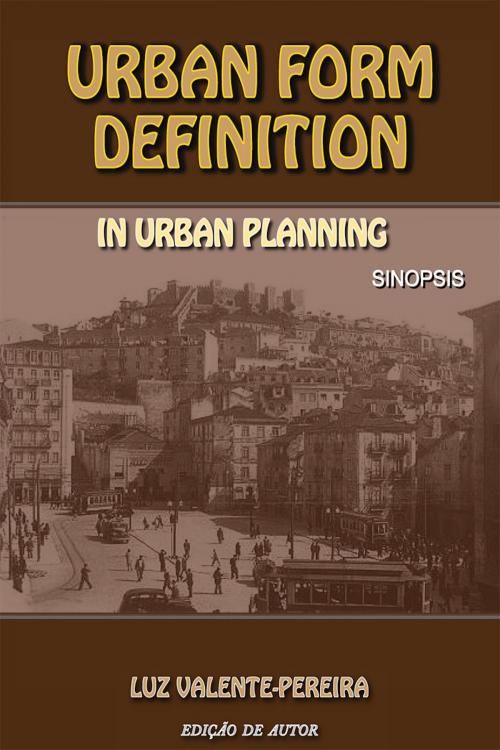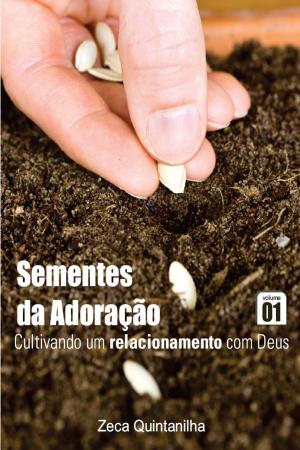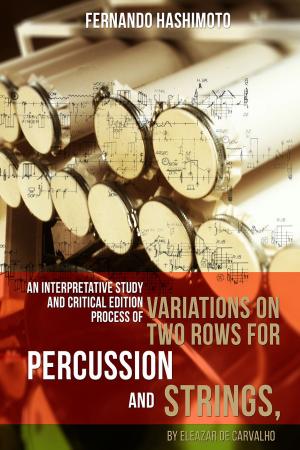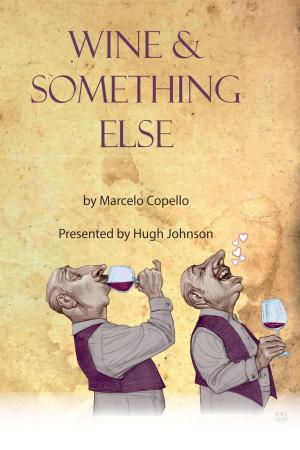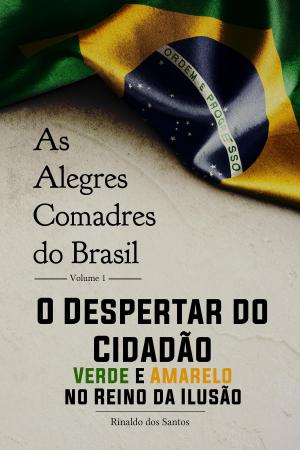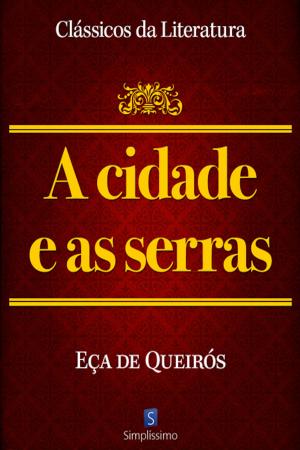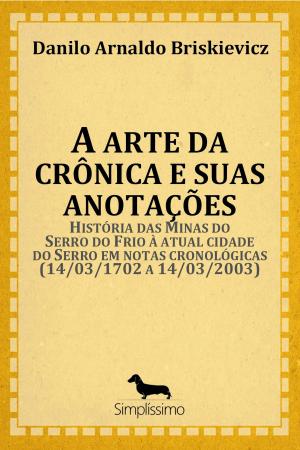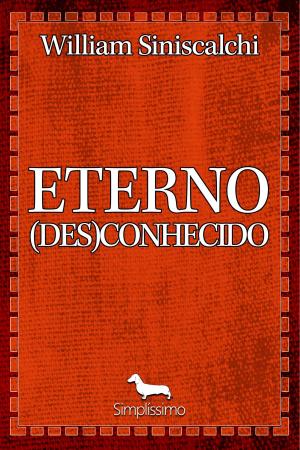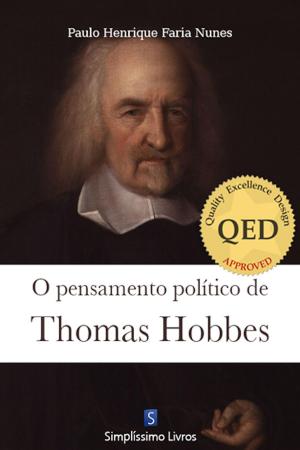| Author: | Luz Valente-Pereira | ISBN: | 9788582451502 |
| Publisher: | Simplíssimo | Publication: | December 15, 2014 |
| Imprint: | Language: | English |
| Author: | Luz Valente-Pereira |
| ISBN: | 9788582451502 |
| Publisher: | Simplíssimo |
| Publication: | December 15, 2014 |
| Imprint: | |
| Language: | English |
It is necessary to explore the scale of urban planning with the subject matter of architecture, which does not stop at building designs. Neither does it become urban just because architects design blocks of buildings and the outdoors space between. The urban space must be a pre-existence with respect to building projects, which shall successively interpret and carry it out. Knowledge and means at our disposal must also be determined in terms of physical planning as to define, establish, and/or issue standards for an urban space. The creation of this architectural object - urban space - requires a reformulation of understanding methods and transmitting the outdoors space's form independently from the building project, which shall interpret the latter and carry it out. Those subjects send us to different kinds of problems: To clarify the town concepts of designers and citizens; To know the relation between the town concept and its physical expression; To define the formal expression of urban planning; To discuss the morphology characteristics that translate the town concept to be implemented; To adapt professional practices to new architectonic responsibilities. In this paper we develop an approach to the relation between the town concept and its physical expression, as well as the form characteristics that will be established in urban plans.
It is necessary to explore the scale of urban planning with the subject matter of architecture, which does not stop at building designs. Neither does it become urban just because architects design blocks of buildings and the outdoors space between. The urban space must be a pre-existence with respect to building projects, which shall successively interpret and carry it out. Knowledge and means at our disposal must also be determined in terms of physical planning as to define, establish, and/or issue standards for an urban space. The creation of this architectural object - urban space - requires a reformulation of understanding methods and transmitting the outdoors space's form independently from the building project, which shall interpret the latter and carry it out. Those subjects send us to different kinds of problems: To clarify the town concepts of designers and citizens; To know the relation between the town concept and its physical expression; To define the formal expression of urban planning; To discuss the morphology characteristics that translate the town concept to be implemented; To adapt professional practices to new architectonic responsibilities. In this paper we develop an approach to the relation between the town concept and its physical expression, as well as the form characteristics that will be established in urban plans.
